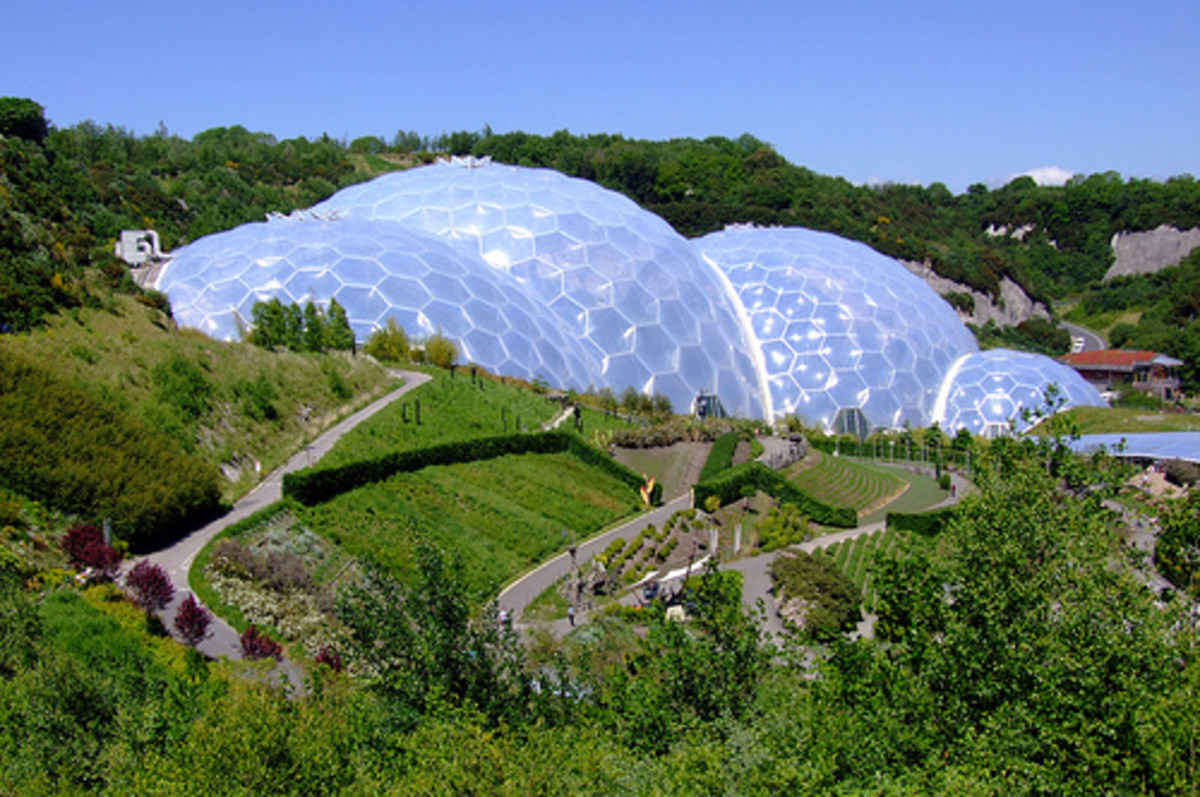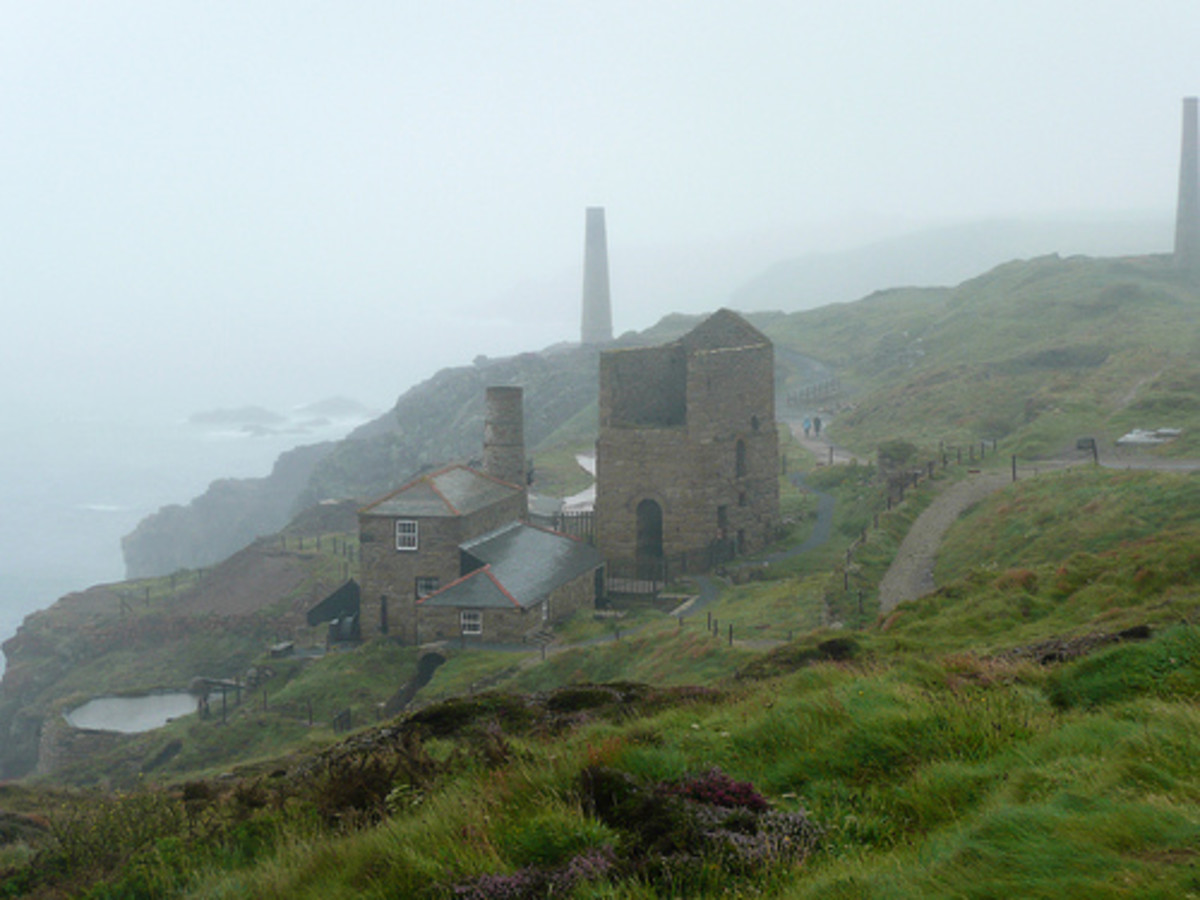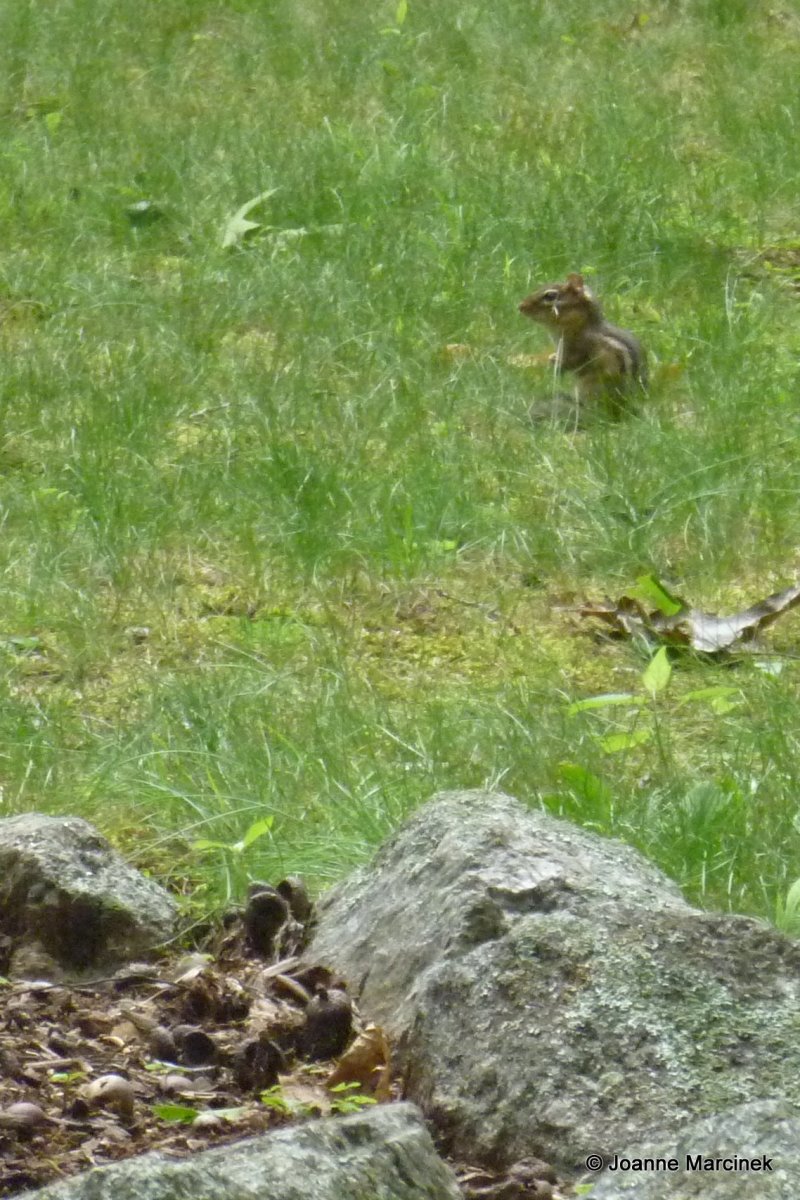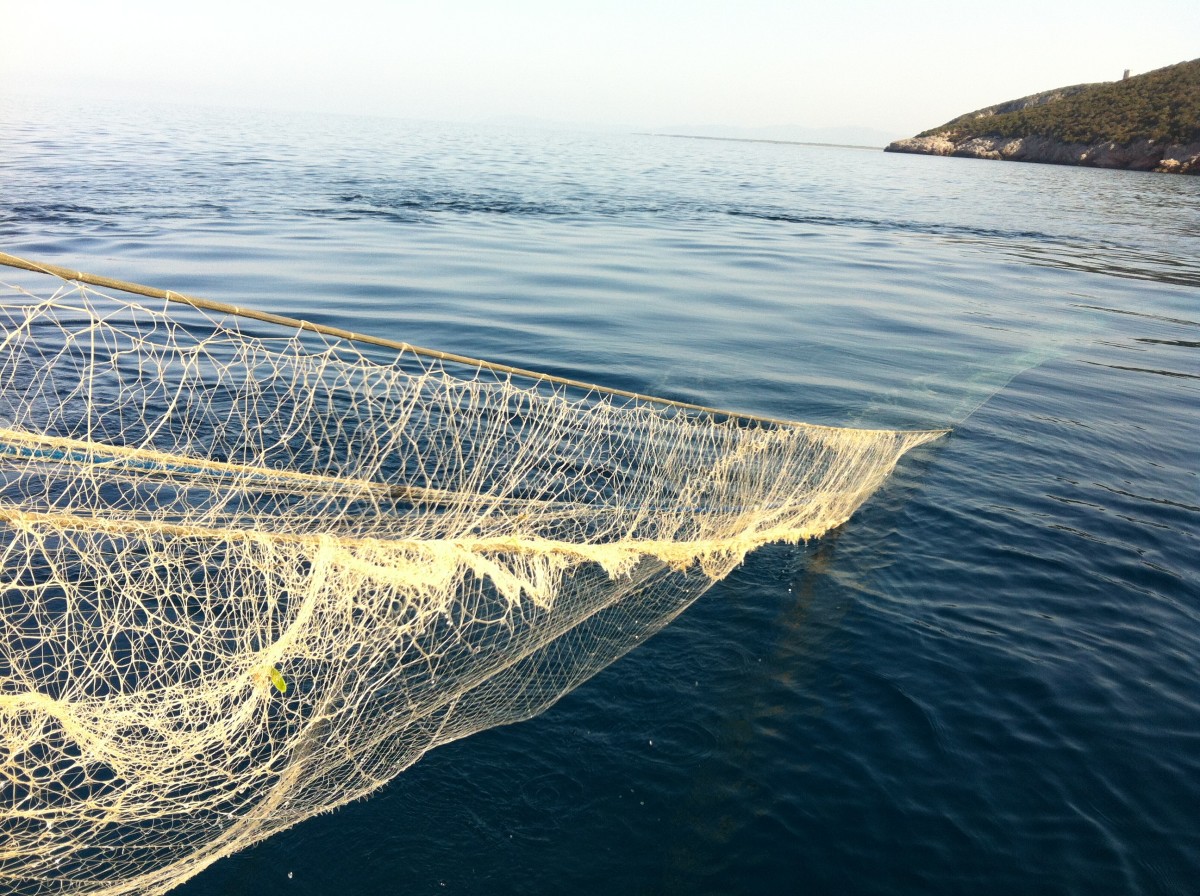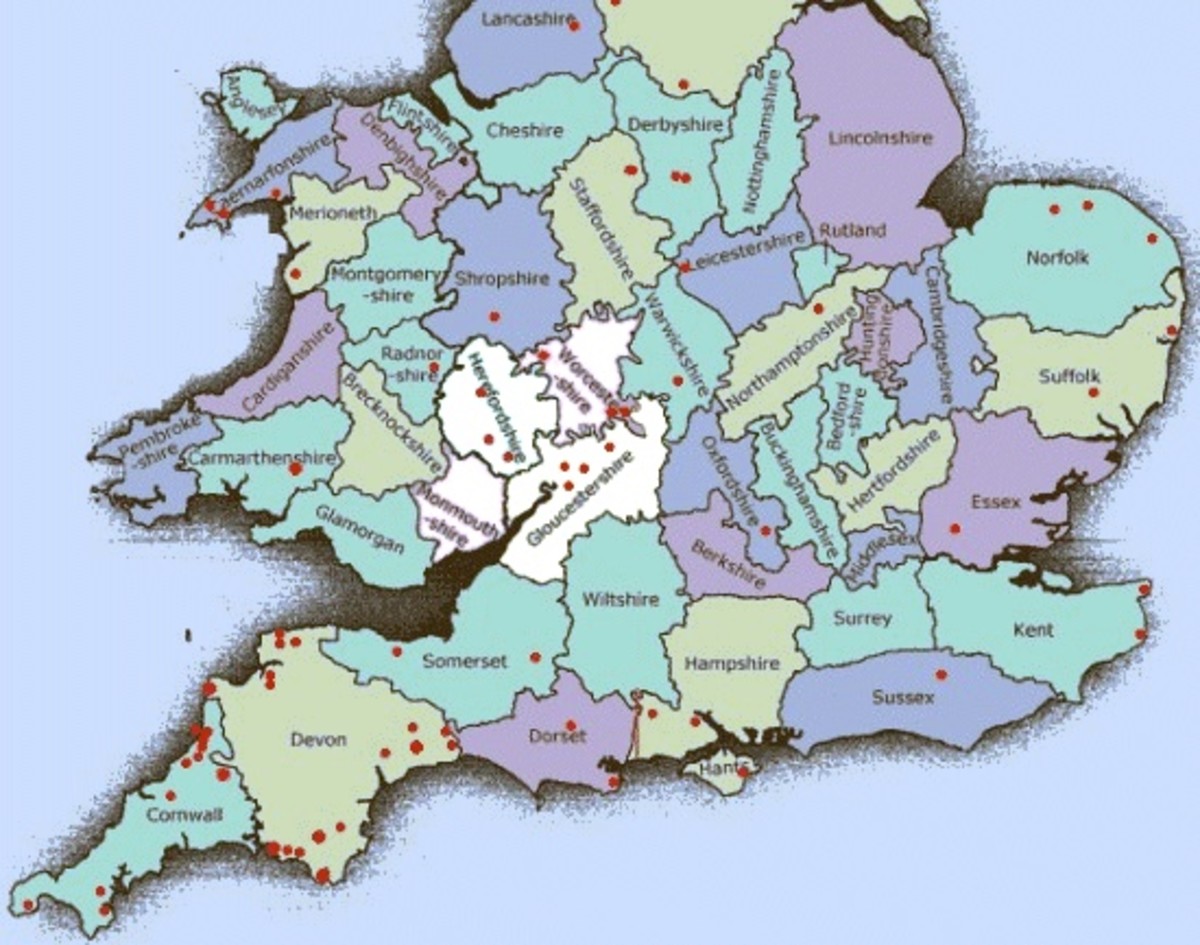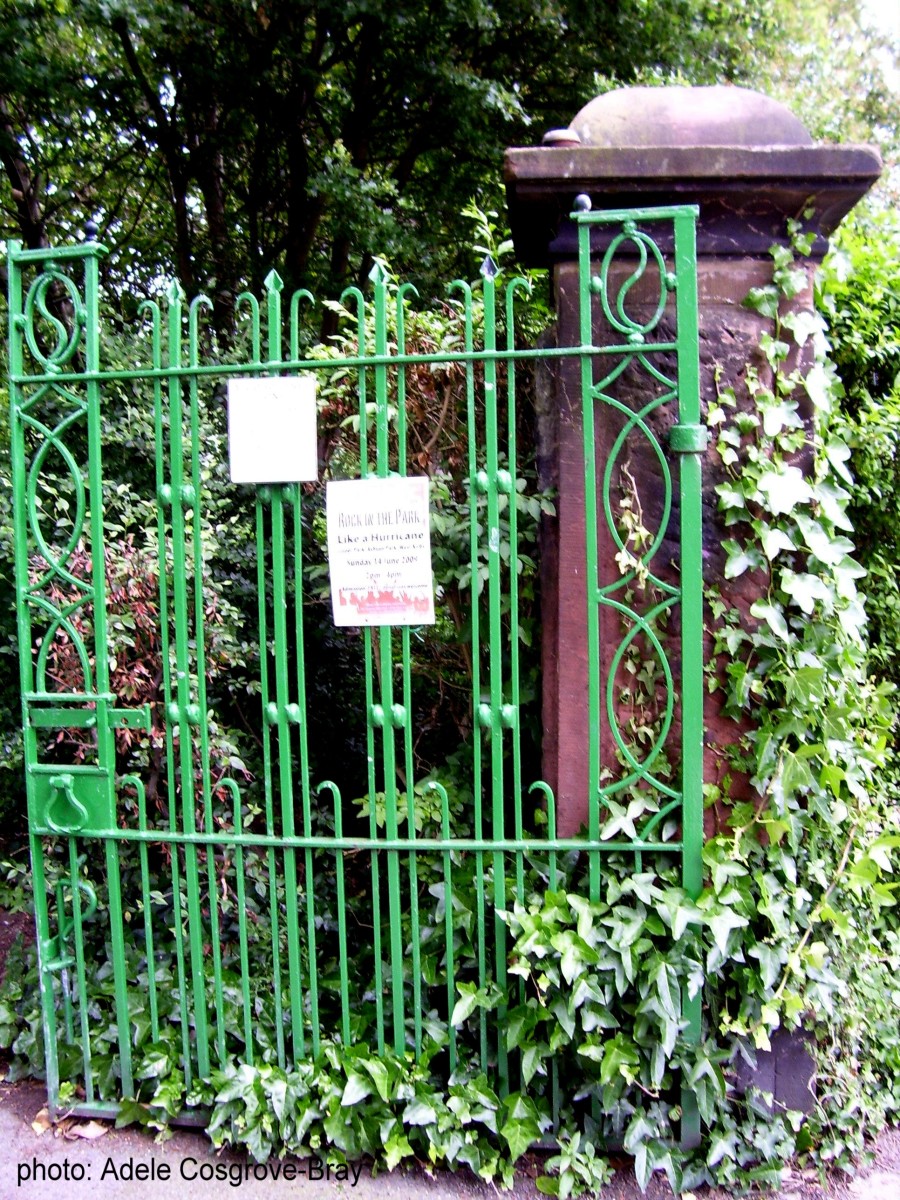- HubPages»
- Travel and Places»
- Visiting Europe»
- United Kingdom»
- England
The Helford River in Cornwall - A Protected Area of Outstanding Beauty
The Helford River is situated on the Lizard Peninsula, which is in Cornwall, the most southwest county in England. However, despite being called a river, this stretch of water is actually a ria, which is valley that has been submerged by locally increasing sea levels. This leads to the water being saline, and of a warm temperature due to the Gulf Stream. This, and the relativity unspoilt nature of both it and the surrounding landscape of everything from deciduous woodland to rocky cliffs, means that designations cover parts, or all, of the area. The whole area is part of a much larger Area of Outstanding Natural Beauty, within the entire Lizard Peninsula, and this means there is specific legislation in place from the government to preserve the area. It is also part of the Fal and Helford Special Area of Conservation (SAC). Specific portions of the area are protected in other ways. There are Biodiversity Action Plans protecting specific species, including the native shellfish populations. The vast majority of the intertidal area of the river is a SSSI, as is a shoreline wood (Merthen Wood). Finally, the whole estuary is a protected Bass Nursery Area.
The Helford River in Cornwall
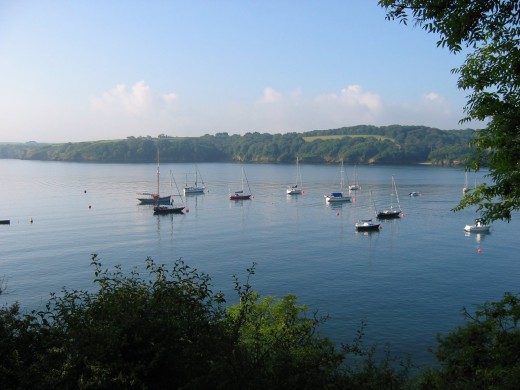
Due to the sheer number of designations, it would be prudent to concentrate on the most important of these. Firstly it is an Area of Outstanding Natural Beauty. In England, these are areas which are in the second tier of protection needs (after the National Parks). The protection of them is primarily down to the Local Planning Authority, so in the case of the Helford River this will be Cornwall County Council. Local groups, organisations, companies and individuals who are based in the area or use them also have a duty to protect them. The statutes that cover such areas are primarily the National Parks and Access to the Countryside Act of 1949 and the Countryside and Rights of Way Act of 2000, which ensure that the areas are protected. For example, The Helford River is part of the greater Cornwall Area of Outstanding Natural Beauty. Areas of Outstanding Natural Beauty have joint advisory committees, which represent all the interested parties, staff members to co-ordinate the management of the site(s), and some form of plan for managing the site, and Cornwall AONB is no different. There is a partnership, of 17 different groups, and these range from the local council’s to group’s representing commerce and farming. In addition, there are five members of staff (3 full time and 2 part time) which work managing the Cornish AONB. Between the partnership, a management plan was drawn up, and this outlines the way in which the region should be managed for the future generations.
SSSI’s are areas that are protected for due to the unique nature of the site, or the lifeforms which depend upon it, and these are the building blocks of many other protection schemes, such as Special Areas of Conservation. They are designated by the statutory bodies which oversee that part of the UK, so for Cornwall Natural England will oversee it. Many separate areas of legislation cover the protection of such sites, the most important of which are the Countryside and Rights of Way Act 2000, and the Wildlife and Countryside Act 1981. The latter places a duty upon the statutory bodies to inform all interested parties, such as the local councils, site users and landowners of the designation, and to determine a management plan. As has already been mentioned, the Helford is part of a larger Special Area of Conservation, and these are legally required under the EU Habitat Directive. This is one of three such sites in Cornwall, and fifteen in England and Wales, which is marine, and as a result is very important. This was set up due to the extensive local biodiversity, and specifically for the Helford River the eelgrass beds, and location of both rocky and muddy shores. Again, a management group which aims to encompass the main stakeholders has been set up to protect the site under the terms of the Special Area of Conservation, and this includes the councils, local harbours and water companies.
Internationally implemented, Biodiversity Action Plans protect at risk species or areas. As a response to the 1992 international treaty, the Convention on Biological Diversity, in the UK they generally depend on legislation for SSSI’s, and cover similar areas. There are several such plans in the Helford River and the immediate vicinity, including fan mussels (Atrina fragilis), the sea bass, local oysters and eelgrass.
There are also groups which specialise in making sure all of these pieces of legislation are adhered to. The main one is the Helford Marine Conservation Group (HMCG). Established in the mid 1980’s, it is a group of individuals, some of whom represent other bodies, who work to make sure that the river is protected for future years, without hindering human use. The main aim of the HMCG is to manage the Helford Voluntary Marine Conservation Area, which was established in 1987. This group’s funding comes from a variety of sources, including private donations, lottery sources, and councils, and it has a big input into most of the management groups mentioned previously. The World Wildlife Fund also funds the activities of the HMCG, and they also play a part in protecting the area in other ways. In addition other conservation groups work to protect more specific parts of the area, such as the National Trust and their property at Glendurgan Garden.
Despite this being a very brief overview of the protection of the Helford River, several things have been shown. Firstly it has been designated in many different ways, from it being part of an Area of Outstanding Natural Beauty through to more specific Biodiversity Action Plans for individual species. Secondly ensuring most of these designations are adhered to is generally done by committees, and despite there being several such committees, many organisations and groups sit upon them all. Finally, the funding for the conservation of the region comes from a wide variety of sources.

